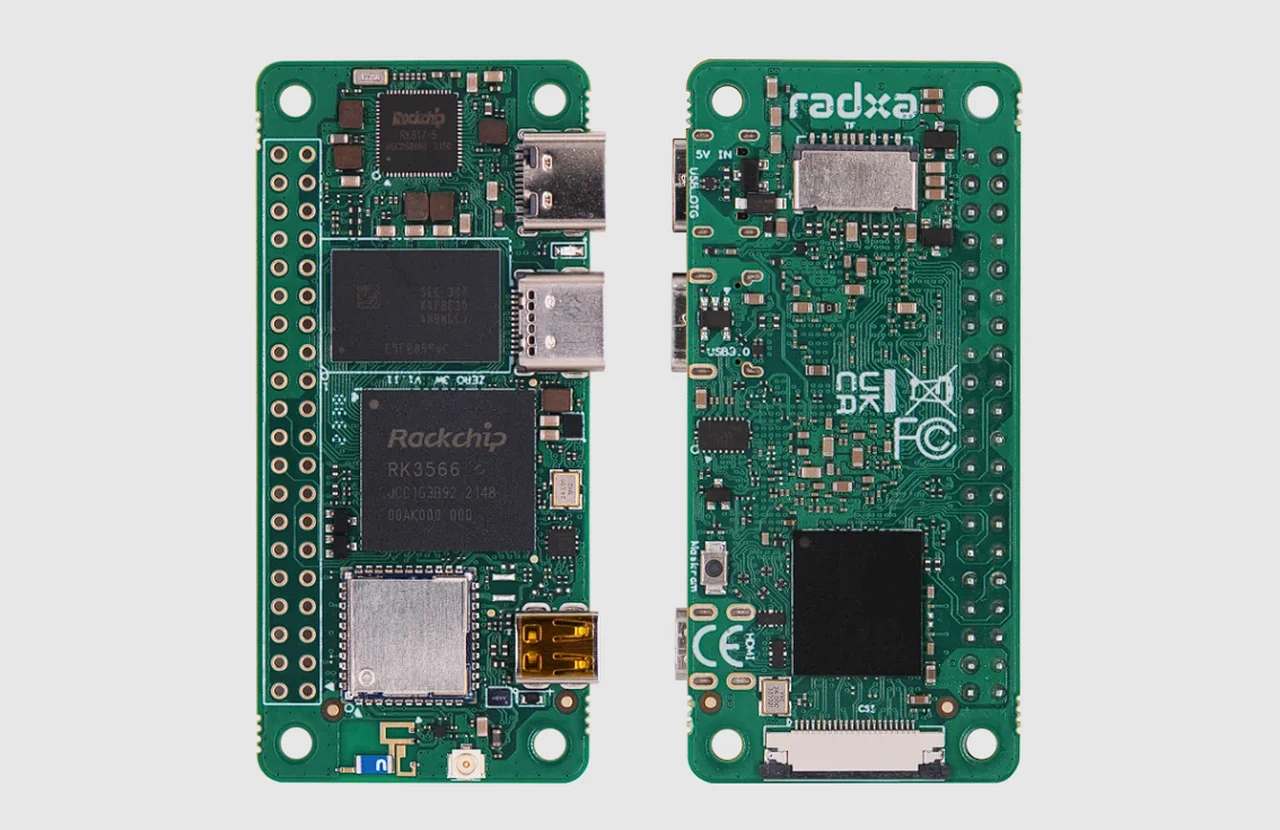Edge Computing Applications Beyond IoT and Smart Cities
Edge computing isn’t just about smart traffic lights or your fridge ordering milk. Sure, IoT and smart cities hog the spotlight, but the real magic happens in less obvious places—where latency, privacy, or sheer data volume make cloud computing impractical. Let’s explore the unsung heroes of edge computing.
1. Healthcare: Saving Lives at the Speed of Light
Imagine a surgeon performing remote robotic surgery with even a half-second delay. Terrifying, right? Edge computing slashes latency by processing data right where it’s generated—whether in an operating room, ambulance, or wearable health monitor.
Key applications:
- Real-time diagnostics: AI analyzing MRI scans locally, reducing wait times from hours to minutes.
- Emergency response: Ambulances transmitting critical vitals to hospitals en route.
- Patient privacy: Sensitive health data stays on-site, avoiding cloud breaches.
2. Retail: The Invisible Shopping Assistant
Ever walked into a store and gotten a hyper-personalized coupon on your phone? That’s edge computing—processing your location, purchase history, and even how long you linger in the snack aisle without waiting for a distant server.
Here’s the deal:
- Checkout-free stores: Cameras and sensors track items in your cart locally—no cloud dependency.
- Inventory management: Smart shelves detect low stock and trigger restocking alerts instantly.
- Dynamic pricing: Edge AI adjusts prices based on foot traffic or weather (yes, weather—umbrella prices spike when it rains).
3. Agriculture: Farming with Surgical Precision
Farmers don’t have time to wait for cloud servers to analyze soil moisture. Edge devices on tractors or drones process data on-the-fly, turning fields into hyper-efficient, self-optimizing systems.
How it works:
- Autonomous tractors: Real-time obstacle detection without needing a 5G connection.
- Crop health monitoring: Drones identify pest infestations before they spread.
- Water conservation: Sensors adjust irrigation down to the milliliter, based on local weather predictions.
4. Manufacturing: Factories That Fix Themselves
Predictive maintenance used to mean sending data to the cloud and waiting for analysis. Now, edge AI spots a failing conveyor belt bearing before it sparks a shutdown—saving millions in downtime.
Bonus: Edge computing enables “dark factories”—fully automated plants that operate lights-out (no humans needed).
Edge vs. Cloud in Manufacturing
| Scenario | Cloud Approach | Edge Approach |
| Machine vibration analysis | Data sent to cloud, 5-minute delay | Instant local analysis, shutdown in seconds |
| Quality control | Images uploaded for review | Defects flagged on the assembly line |
5. Energy: Smarter Grids, Fewer Blackouts
Renewable energy makes power grids unpredictable—solar panels don’t care if it’s cloudy. Edge computing balances supply and demand in real time, preventing cascading failures.
Examples:
- Microgrids: Localized energy networks self-regulate during outages.
- Wind farms: Turbines adjust blade angles instantly to wind shifts.
- EV charging: Stations manage load dynamically to avoid grid overload.
6. Media & Entertainment: Buffering Is So 2010
Live sports streaming with zero lag? Edge servers near stadiums make it happen. Even Netflix uses edge nodes to cache popular shows closer to viewers.
Unexpected twist: Edge computing enables interactive streaming—think choose-your-own-adventure TV with instant branch rendering.
The Quiet Revolution
Edge computing isn’t flashy, but it’s rewriting rules in industries we rarely associate with tech. The common thread? When milliseconds matter, or data is too sensitive or massive for the cloud, edge isn’t just better—it’s the only option.
And honestly? We’re just scratching the surface.




